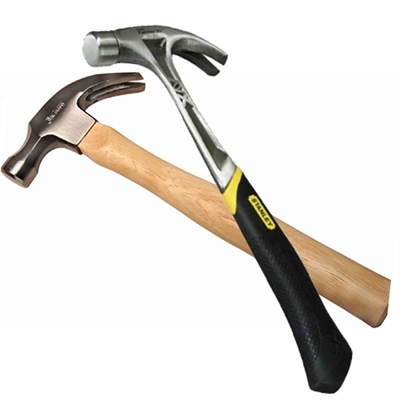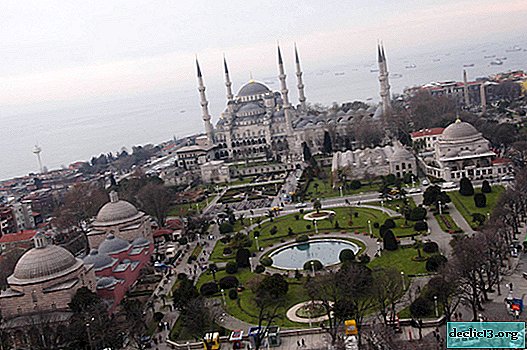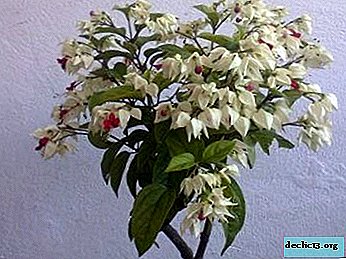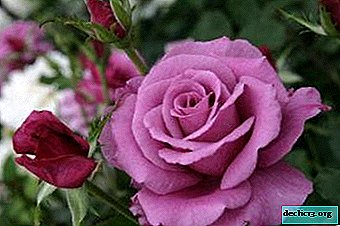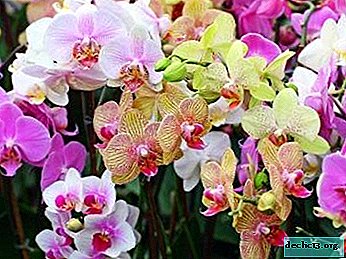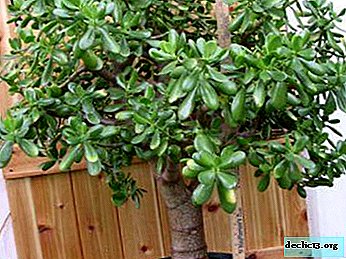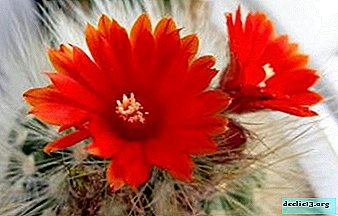All about the Mammillaria bokasana cactus - description of the plant, care for it, methods of reproduction and much more
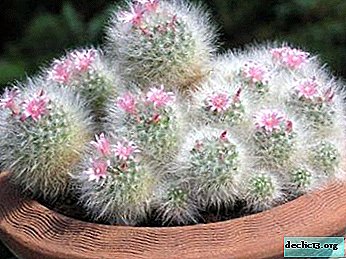
In collections of cacti, mammals, as a rule, occupy a special place. The genus has about 500 species: from the most unpretentious specimens to rare and demanding maintenance.
Mammillaria bocasana or Mamillaria bokasskaya became widely known after its discovery in Mexico in 1853.
The species is predisposed to rapid reproduction, easy to care for and blooms regularly, which has gained particular popularity among fans of cacti.
Botanical Description
Mammillaria bocasana (Mammillaria bocasana) is a cactus whose trunk has a round and elongated shape. The diameter of the stem can reach 5 cm. The height of adult cacti is 8-10 cm. At the base of the rhizome, it branches into several trunks forming a colony.
Thin and brown spines with a bent tip, from 8 to 10 mm long, are located on a dark green trunk, pubescent with a silvery pile. The needles on the tubercles have a yellowish tint.
Mammillaria bokasana blooms in spring, with small flowers in shades of white and light yellow on the top of the stem. The base of the flower is hidden among the tubercles with thorns and only the petal part remains visible on the surface. Petals up to 1 cm long are pointed at the ends. If the cactus has been pollinated, then elongated fruits, painted in pink and red, will appear on it.A feature of the species is that various subspecies and varieties differ greatly in appearance. Some spines are weak and thin, or, conversely, very long and strong. The colors in which the flowers are painted can vary from cream to deep pink (rosea variety).
Unusual is one of the forms of Mammilaria bokasana - a monstrously growing plant. Instances of this type are not similar to ordinary mammillaria, they are almost devoid of thorns, have a light green color and are covered with growths that are not characteristic for the species.
Care and maintenance
 In the warm season, the air temperature is maintained in the range of 20-23 C, periodically exposing the cactus to the street. In winter, the temperature should not exceed 12 C. With these standards, mammillaria will bloom regularly.
In the warm season, the air temperature is maintained in the range of 20-23 C, periodically exposing the cactus to the street. In winter, the temperature should not exceed 12 C. With these standards, mammillaria will bloom regularly.- Like any succulent, a cactus tolerates drought, and excess moisture can destroy it. Adhere to the following watering schedule: at rest 1 time per month, in the fall 1 time in 2 weeks, in spring and summer 1 time per week. Spraying irrigation in the warm season is welcome.
- An ideal location for a pot with a bokasana is a balcony or windowsill in the west or east. It is important to avoid direct sunlight - the plant tolerates partial shade.
- The substrate for planting Mammilaria bokasana can be made independently (by mixing peat, turf and leafy soil in equal proportions, adding coarse sand and crushed brick as drainage) or you can purchase special soil for succulents in a gardening shop.
- Too large specimens, as well as having lost their decorative appearance and too grown, need periodic trimming:
- With a sharp, cleanly washed knife with a sharp and precise movement, remove the top of the cactus (about half). Since the cactus itself is small, the bokasana itself can be temporarily removed from the ground for ease of picking.
- The edges of the cut are turned with a knife, as the cut will dry out, and the soft tissues will be drawn into the fleshy structure. If the edge is not formed, then as it dries, the cut will turn into a deformed funnel.
- The cut off part is also planed with a blade and placed in a container with a small amount of water. A few months later, after the emergence of roots at the cut site, the seedling is placed in the sand laid on the drainage layer.Watering is recommended to be done no earlier than a week later.
- The plant is fed in the spring and autumn with special fertilizers for cacti, saturated with various trace elements: iron, magnesium, potassium, phosphorus, etc.
- The pot for Mammillaria bokasanskaya is selected taking into account the fact that the colony grows in breadth. That is, a wide and shallow capacity would be ideal.
- Transplantation is carried out after succulent wintering. The colony is carefully moved to a wider pot with balanced soil, rich in minerals, and a good layer of drainage. Soil is chosen loose, with good air and water permeability. After the transplant, the plant is introduced into the irrigation schedule at least a week later.
- During the dormant period (in winter), it is not recommended to transfer the plant from place to place, water it abundantly or transplant it. The cactus is provided with a cool shaded place and left until spring, moistening once a month with a small portion of water.
Breeding succulents
 Mammillaria bokasana reproduces in several ways: planting seeds and separating the side shoots from the mother plant.
Mammillaria bokasana reproduces in several ways: planting seeds and separating the side shoots from the mother plant.
- An effective method is the separation of lateral shoots (children) from the colony.
- Within a few days, the cut off part is dried.
- Then planted in a small pot, filled with special soil and coarse river sand.
- The first watering is done at least 7 days later.
- The young plant is transplanted every year, as the colony grows.
- A method that does not harm an existing group of cacti involves plant seeds.
- On the same ground as for the shoots, the seeds of the mammillaria bokasana are sown and sprinkled with sand on top.
- Watering a small amount of water, the container is cleaned in a shaded place, providing an air temperature of about 20 C.
- After the first sprouts appear, pots with new plants are rearranged in a place with better lighting.
Diseases and Pests
- Excess moisture will cause decay of the roots and stalk of the cactus. In this case, damaged parts will have to be removed.
- The lack of lighting will provoke the cactus to grow in height towards the light source and spoil its decorative appearance.
- The red tick is very dangerous for bokasana. It eats vital plant juices, and waste products are able to provoke rotting parts of the cactus. To remove it, you should spray the mammillaria with a solution of the appropriate insecticide (for example, actellica).
Similar plants
There are many plants, in terms of their properties, appearance and characteristics characteristic of succulentssimilar to bokasana, not to mention other types of mammillaria itself:
- hymnocalicium and echinopsis (spherical elongated stem);
- adromicus (colony growth);
- Crassula and stonecrop (accumulation of moisture in the fleshy parts of the plant).
Simple rules of care and regular flowering make this species especially popular among beginners and enthusiastic cacti.

 In the warm season, the air temperature is maintained in the range of 20-23 C, periodically exposing the cactus to the street. In winter, the temperature should not exceed 12 C. With these standards, mammillaria will bloom regularly.
In the warm season, the air temperature is maintained in the range of 20-23 C, periodically exposing the cactus to the street. In winter, the temperature should not exceed 12 C. With these standards, mammillaria will bloom regularly.